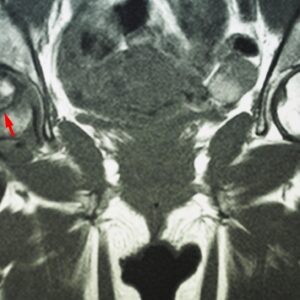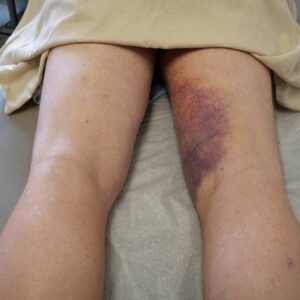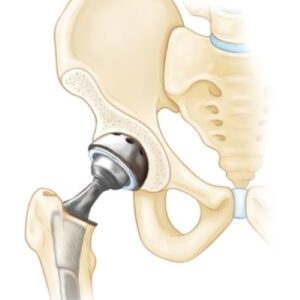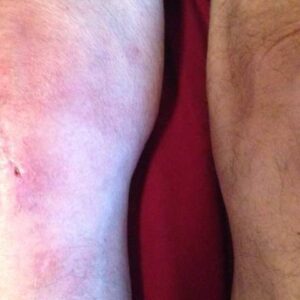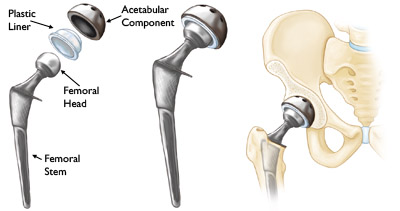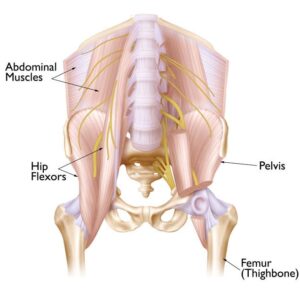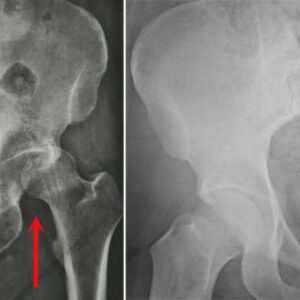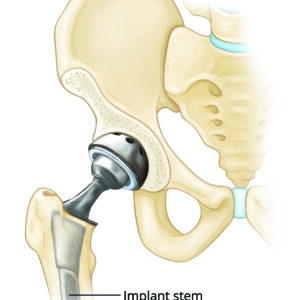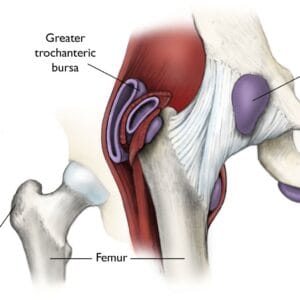Understanding Avascular Necrosis: Causes, Effects, and Treatment Options
Hip Patient informationOsteonecrosis of the hip, also known as avascular necrosis (AVN) or aseptic necrosis, is a debilitating condition caused by a disruption in the blood supply to the femoral head (thighbone). Without adequate blood flow, bone cells cannot survive, leading to the gradual breakdown of the hip joint and, over time,
Understanding Avascular Necrosis: Causes, Effects, and Treatment Options Read More »

